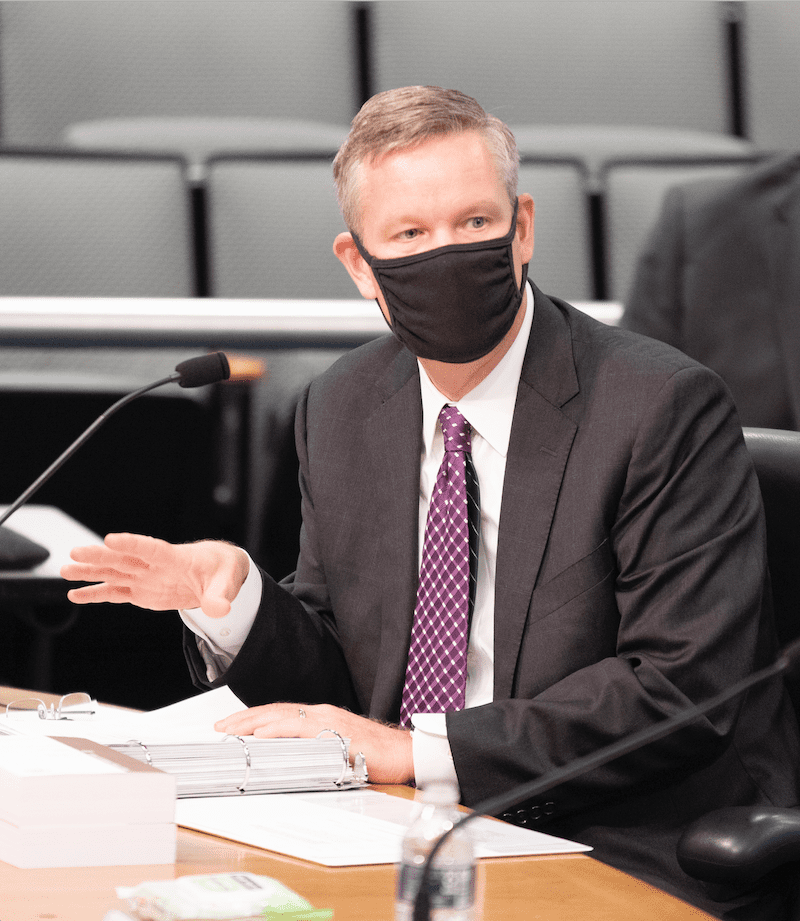
RadWaste Monitor Vol. 14 No. 10
Visit Archives | Return to Issue PDF
Visit Archives | Return to Issue PDF
RadWaste & Materials Monitor
Article 1 of 9
March 12, 2021
No (Policy) Strings on Me: 30 Minutes with Christopher T. Hanson, Chairman, Nuclear Regulatory Commission

For newly minted Nuclear Regulatory Commission chair Christopher Hanson, it’s good to be back in the office.
“I’m here a couple of days, mostly because I just have to get out of my house,” Hanson told RadWaste Monitor this week from NRC headquarters…
Partner Content